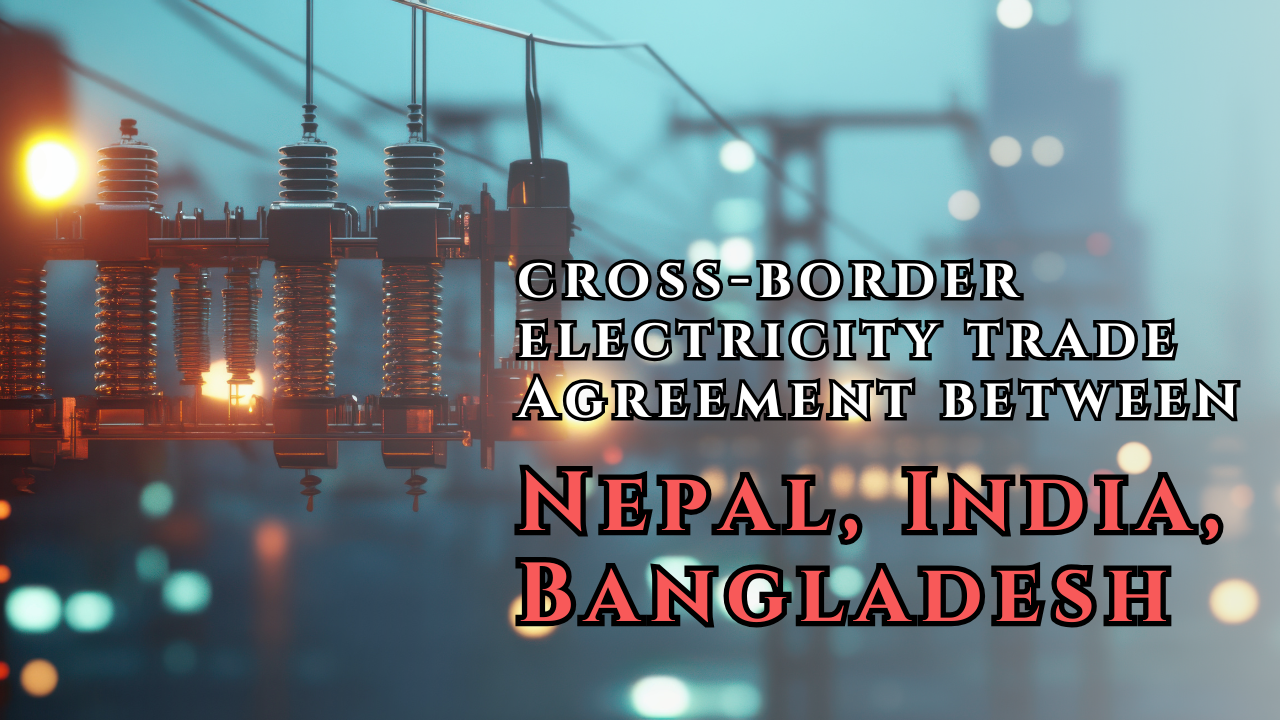Font size:
Print
Singapore and Semiconductor
Context:
Prime Minister Narendra Modi visited Singapore this week as part of a two-nation tour of Southeast Asia, following his earlier stop in Brunei Darussalam. This marked the first visit by an Indian Prime Minister to Brunei and fifth visit to Singapore.
More on news
- During the Singapore portion of the Prime Minister’s visit, agreements were signed on semiconductors, digital technologies, health, and skill development.
- Prime Minister and Singapore’s newly elected leader, Lawrence Wong, oversaw the signing of a Memorandum of Understanding for an India-Singapore Semiconductor Ecosystem Partnership.
India’s Semiconductor Drive
- Supply chain disruptions during the Covid-19 pandemic and escalating geopolitical tensions due to China’s actions in the Taiwan Strait and South China Sea have accelerated India’s efforts to build its own semiconductor ecosystem.
- Currently, the global chip industry is controlled by companies from only a few countries, and India is a late entrant to this high-tech, capital-intensive field.
- In 2021, India launched the India Semiconductor Mission, featuring a ₹76,000 crore incentive scheme that offers government subsidies covering half of a semiconductor plant’s capital expenditure.
- In February, the Cabinet approved semiconductor projects totaling ₹1.26 lakh crore in investments.
- Additionally, a partnership between Tata Group and Taiwan’s Powerchip Semiconductor Manufacturing Corporation (PSMC) was announced to establish a semiconductor fabrication plant.
- So far, the government has approved five semiconductor units, including four assembly plants, under the incentive scheme.
Singapore’s Semiconductor Journey
- Singapore boasts a well-established semiconductor industry, largely thanks to its early start under the vision of its first Prime Minister, Lee Kuan Yew.
- As detailed in Chris Miller’s Chip War: The Fight for the World’s Most Critical Technology (2022), Lee told US President Richard Nixon in 1973 that he aimed to boost employment through exports.
- Following this, Singapore’s government supported Texas Instruments and National Semiconductors in establishing assembly plants in the country.
- By the early 1980s, the electronics sector already contributed 7% of Singapore’s GDP and provided a quarter of its manufacturing jobs.
- Today, Singapore is responsible for around 10% of global semiconductor output, 5% of global wafer fabrication capacity, and 20% of semiconductor equipment production.
- Nine of the top 15 semiconductor companies globally have a presence in Singapore, and the sector plays a significant role in the nation’s economic growth.
Key Lessons
- Singapore’s success in semiconductors is attributed to its strong infrastructure, stable business environment, connectivity, and a critical mass of leading companies across the value chain.
- Semiconductor plants are clustered in four wafer fabrication parks covering 374 hectares, where the government provides customised infrastructure to investors.
- Universities in Singapore offer majors in microelectronics and IC design, working closely with semiconductor firms to develop talent through research.
- As global attention shifts to enhancing supply chain resilience, Singapore, seen as a stable option amid the US-China rivalry.
Challenges and Opportunities
- From India’s perspective, Singapore’s semiconductor industry primarily focuses on “mature-node chips” (28 nm and larger), used in products like appliances and vehicles, rather than cutting-edge logic chips for AI (7 nm and smaller).
- Rising production costs are driving companies to move some labour-intensive operations out of Singapore, as seen with Utac relocating older operations to Thailand.
- Singapore also shows little interest in offering large incentives to attract semiconductor investments, unlike other countries.
- India’s abundant land and lower labour costs could make it an attractive option for Singaporean companies looking to expand.
- Additionally, there is potential for collaboration between India and Singapore in the semiconductor equipment and material manufacturing sectors, helping India to develop its own semiconductor ecosystem.

